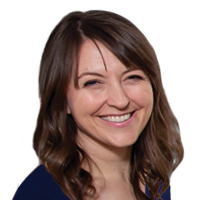Home » Keywords: » supply chain management
Items Tagged with 'supply chain management'
ARTICLES
Column | John Vendenbemden
Performance Measures Not Always What They Appear
Their selection of supplier B looks like a good choice. But is it?
November 23, 2023
Management | Leadership Survey
2023 Quality Leadership Ranking: #2 DIT-MCO International
February 1, 2023
NDT | Additive Standards
Using AM to Alleviate Supply Disruptions, Without Jeopardizing Quality
The use of additive manufacturing has been on a strong and steady incline for decades.
June 8, 2022
Management
What Your 3rd Party Auditor Wishes You Knew About Supplier Management
It's time to take the mystique out of supplier management, especially for small and medium sized organizations.
November 8, 2021
The Opportunities of Risk in the Supply Chain
Recognizing risks with your vendors can lead to opportunity in the wake of COVID-19.
January 19, 2021
A Pandemic is No Match for Industry 4.0
While COVID-19-related disruptions threatening to upend manufacturing as we know it, IIoT systems make large-scale remote work possible, improve safety and help with supply chain issues.
September 28, 2020
Compliance Today
No matter what is going on in the world, you can feel prepared.
June 1, 2020
Get our new eMagazine delivered to your inbox every month.
Stay in the know with Quality’s comprehensive coverage of the manufacturing and metrology industries.
SIGN UP TODAY!Copyright ©2024. All Rights Reserved BNP Media.
Design, CMS, Hosting & Web Development :: ePublishing













